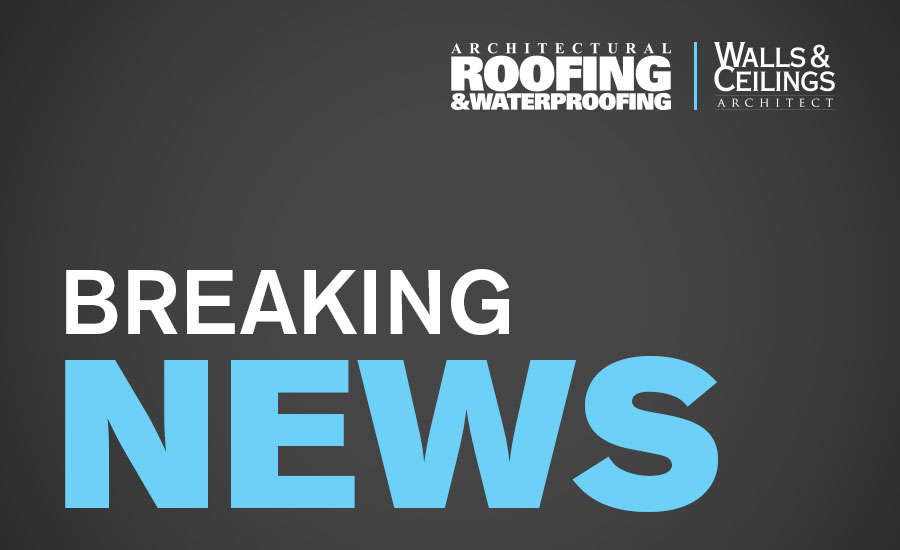New Architectural Manual From SMACNA

CHANTILLY, Va. — The Sheet Metal and Air Conditioning Contractors’ National Association’s (SMACNA) new “Architectural Sheet Metal Manual“ contains the latest wind-test reports for custom architectural sheet metal, and much more.
One of SMACNA’s most popular publications, the “Architectural Sheet Metal Manual” is newly revised and may be purchased in the SMACNA bookstore at smacna.org/bookstore in hard copy, CD-ROM, or PDF download.
The 542-page, seventh edition includes new commentary and drawings throughout. New chapters and appendices cover: wall and roof penetrations, interior architectural sheet metal elements, architectural fascia and coping wind-test reports, and general guidelines about joint sealants for architects. Many new details were added in the expanded historical sheet metal restoration chapter. Restoration of skylights, cornices, historical domes and spires were expanded. The new edition also includes a historic architectural sheet metal qualification form, jointly developed with the American Institute of Architects. New information was added to the moisture and maintenance guide regarding underlayments. Provides soldering guidance to assist in evaluating skills in new and enhanced metals selection; includes a substantial amount of data about stainless steel.
Recognizing that roof and wall penetrations are problematic sources for leaks, a separate chapter is dedicated to penetrations—complete with new drawings and commentary. To assure penetrations are treated with careful attention all existing drawings from the sixth edition were refined and are now located in the penetrations chapter.
Final results of the SMACNA Testing and Research Institute (STRI) wind uplift tests on custom-fabricated fascia and coping constructed according to SMACNA’s architectural manual are available in the new publication. They demonstrate that fascia and coping constructed according to the SMACNA “Architectural Sheet Metal Manual” resist very high pull-off forces and will meet the building code in any locale. Wind pull-off resistance is incorporated in the International Building Code.
In addition, the Adhesive and Sealant Council and Sealants, Waterproofing and Restoration Institute has permitted SMACNA to include that organization’s brief reference guide to assist the architectural community in understanding the basics of designing and specifying joint sealants in building construction applications.
Beyond an overall review and revision of all drawings and commentary in the book, other substantive changes include:
• Copings. Both drawings and commentary are enhanced to better guide designers in stopping water intrusion from the vulnerable wall top.
• Snow guards. Assists designers in better understanding the risks and options associated with managing snow accumulations on roofs.
• Zinc. Is a new addition to the list of metals and provides additional guidance to this metal that has recently grown in popularity in the U.S.
• Underlayments. More details are included to insure designers recognize the importance of this “unseen” architectural element in the overall building envelope.
• Flashing. Details are revisited in all drawings and commentary with an emphasis on making certain that the best flashing methods are included. Important details such as end dams are clearly noted.
To purchase the seventh edition of SMACNA’s Architectural Sheet Metal Manual, visit www.smacna.org/bookstore or call 703-803-2989.
Looking for a reprint of this article?
From high-res PDFs to custom plaques, order your copy today!




